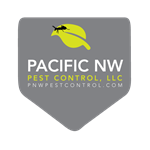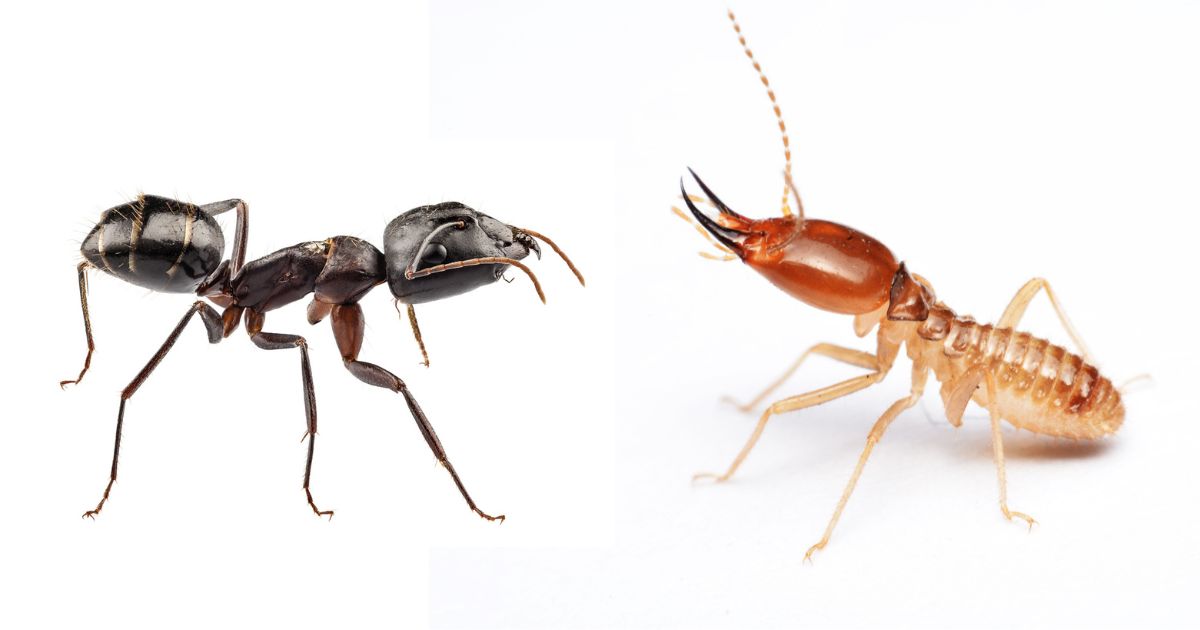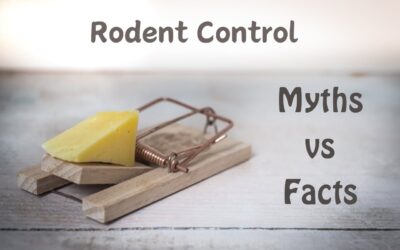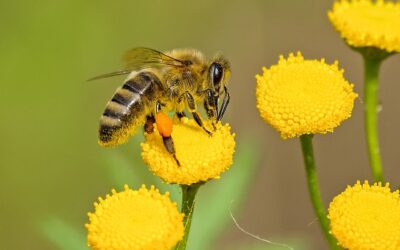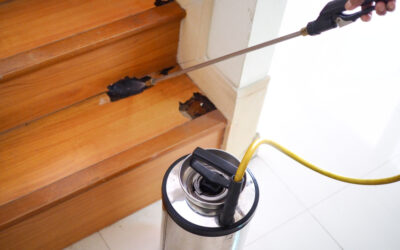Carpenter ants and termites are two of the most destructive pests in the Pacific Northwest. Knowing how to identify and differentiate between these insects is crucial for homeowners to prevent significant damage. In this guide, we’ll compare the impact of carpenter ants and termites on homes and provide tips for managing infestations.
Carpenter Ant Facts
- Appearance: Large, usually black or red.
- Habitat: Prefer moist, decaying wood but can nest in dry wood.
- Damage: Excavates wood to create nests, causing structural damage over time.
Carpenter ants spend a great deal of time building their colony. Once finished, they will continue building colonies nearby. One colony of carpenter ants can have as many as 3,000 members but some colonies have been known to have as many as 100,000. A colony of carpenter ants consists of a queen who is solely responsible for producing young, numerous workers who oversee the queen’s young, forage for food and burrow, and her brood who also helps forage for food. This well-organized colony is what makes carpenter ants so successful as they are designed to decompose the earth’s natural resource wood, in its decaying state.
If you see carpenter ants around your home in Oregon and Washington you’ll know they’re carpenter ants because of their three distinct body regions. Carpenter ants have a round middle section with a heart-shaped head and an abdomen with a ring of hairs at the back. They are among the largest group of ants in the United States and are usually black in color.
Termite Facts
- Appearance: Small, white or light brown.
- Habitat: Live in colonies in soil or wood.
- Damage: Consume wood, often causing extensive, unseen structural damage.
In the Pacific NW, there are two common types of termites people come into contact with which are called Dampwood termites and Subterranean termites. Dampwood termites are just like they sound, termites who live around and feed off of damp wood. They survive off of a lot of moisture which is why they may find their way into your home if there is any water damage.
Subterranean termites, however, eat just about anything. They eat wood, wallpaper, certain plastics, and fabrics made from plant materials. As their name suggests, they live underground and need soil to survive. To reach food they will build tunnels and are considered the most destructive of all the termites.
All termites are social insects that eat around the clock non-stop. They raise their young as a group and have been said to weigh more as a collective species than all humans in the world combined.
Similarities And Differences Between Carpenter Ants And Termites
- Similarities: Both can cause significant structural damage and prefer wood.
- Differences: Carpenter ants excavate wood for nesting, while termites consume wood as their primary food source.
The similarities between carpenter ants and termites are most obvious in the sense that they both devour a wood source and are considered destructive to homes and buildings. However, it’s their differences that really make them stand out. Carpenter ants may chew wood and cause destruction like termites but unlike termites, they do not actually eat wood as a food source. A carpenter ant’s food source consists of things like honeydew, sugars, and human food.
Termites and carpenter ants are also very different in appearance. Termites have a light tan to cream coloring while carpenter ants have a black or brown coloring. Another differing aspect between carpenter ants and termites is that termites have a harmless bite if they even bite at all while carpenter ants have mandibles made for biting. Carpenter ants also spray an acidic spray as a defense mechanism and some species will even explode to deter predators. Lastly, the colony size of carpenter ants is anywhere from 3,000-100,000 while termites can have colonies of up to 1 million.
Which Causes The Most Damage To Homes- Carpenter Ants Or Termites
Even though both chew through wood, termites actually eat wood making them more destructive to homes in the Pacific NW than carpenter ants. Carpenter ants chew wood and remove it in order to create burrows for their colony. They also don’t chew through it on a consistent basis like termites do.
As mentioned before, termites eat wood non-stop which is another reason they are more destructive than carpenter ants and they are greater in number per colony compared to carpenter ants.
If you suspect either pest is infesting your house or even see them roaming around you will want to contact your local pest control specialist in the Pacific NW to remove the termites or carpenter ants.
